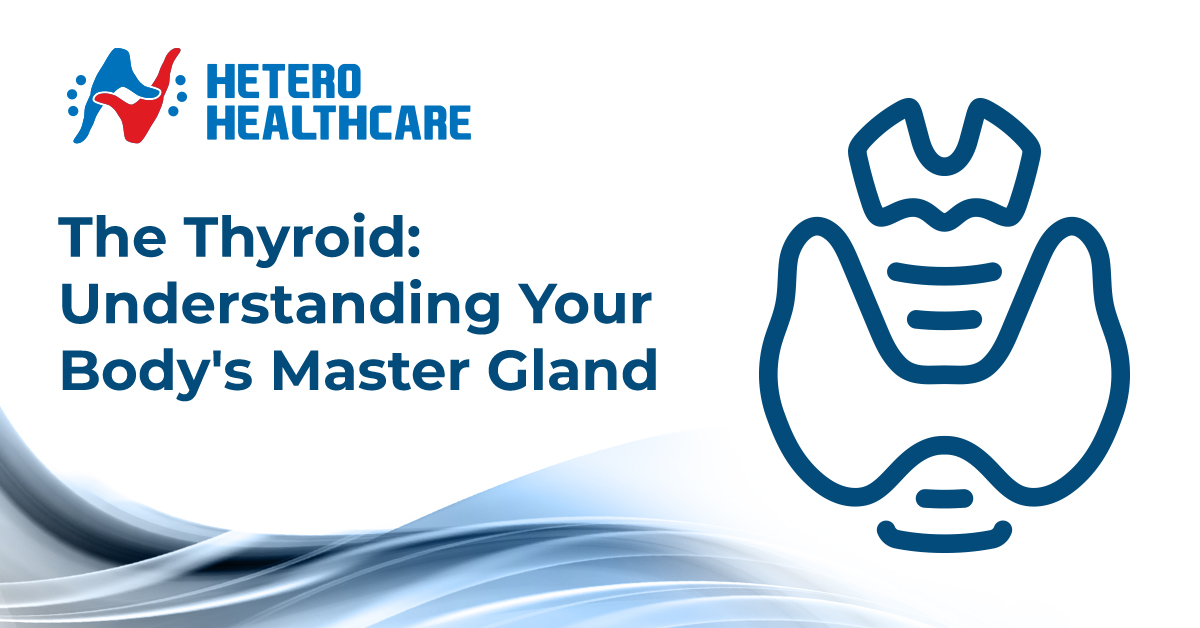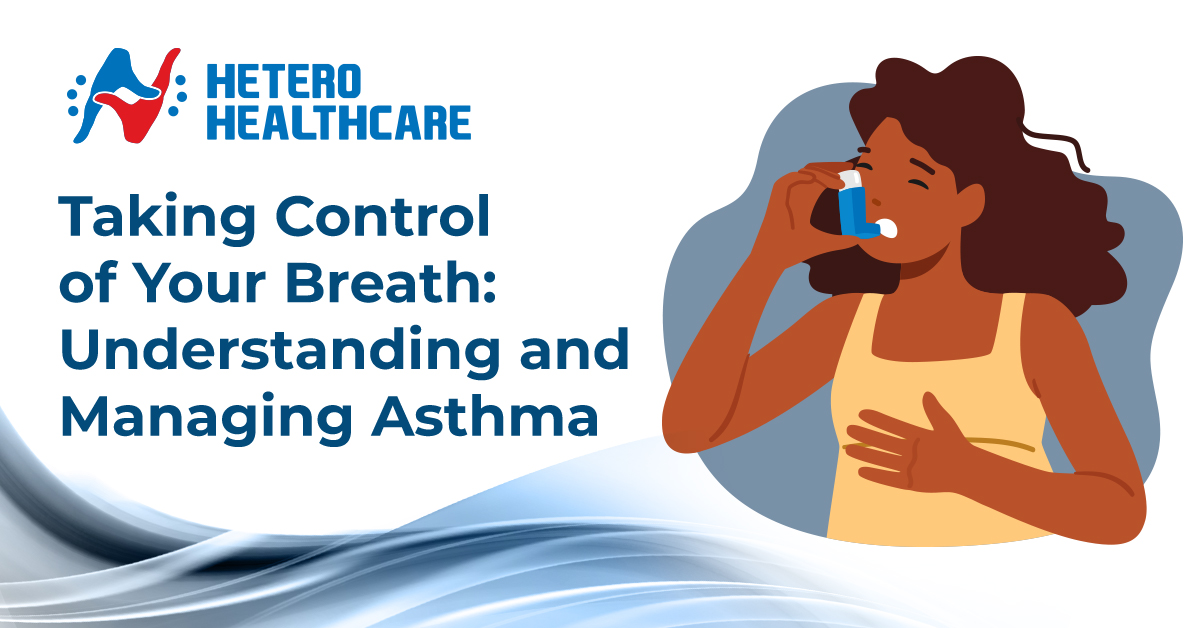Hetero Healthcare
08 Dec 2022

Osteoarthritis medically known as Degenerative Joint Disease is the most common arthritis where the natural cushioning between the joints wears away.
Inflammation and any injury caused to the joint causes bone changes deteriorating the tendons, and ligaments, also causing a breakdown in the cartilage (A flexible connective tissue that covers bones in joints) which results in swelling, pain, and joint deformity.
This condition develops as people age and usually occurs slowly worsening over time.
The below symptoms occur slowly
Osteoarthritis has two categories:
Primary: It is common and primarily affects fingers, thumbs, spine, knees, hips, and toes. It has no specific causes to point.
Secondary: It occurs due to pre-existing joint abnormalities, including repetitive injuries and sports injuries; inflammatory arthritis, such as rheumatoid, psoriatic, or gout; infectious arthritis; and genetic disorders.
Now that we know the types of Osteoarthritis, let's focus on the different stages of Osteoarthritis which can help you understand the condition better to help with proper diagnosis and further the treatment plan.
| Stage | Description | Indications | Diagnosis | Treatment | Prevention |
| Stage 0 Pre-Osteoarthritis (OA) |
As pre-OA is asymptomatic, stage zero describes a healthy joint that has not yet manifested osteoarthritis (OA). However, stage zero can also describe the early stages of OA when cell damage is beginning, without clinical symptoms. | The symptoms of Osteoarthritis are usually not noticeable during this stage. You may have had several healed or healing injuries to one or more joints or maybe overusing them. At this stage, changes to the joint lining could lead to problems later. | Pre- Osteoarthritis is diagnosed with an MRI examination. | Treatment may vary for different persons. It probably depends on other health factors as well. Your doctor may prescribe you Over the Counter (OTC) medicines, supplements, and lifestyle changes. | Be careful and avoid injuries, overuse, and damage to your joints which would progress Osteoarthritis. |
| Stage 1: Early or Doubtful: |
At stage 1, you will begin to lose a little of the cartilage between your joints and you develop bone spurs that grow on the ends of the bones instead of the space between the joints. | Not everyone experiences symptoms or signs at this stage. However, a few people begin to feel mild pain in their joints. | If there is any concern in your joints, your doctor will probably do a physical exam, and might initially prescribe you an X-Ray, MRI, and laboratory tests. | Treatment is not necessary during this stage as there won't be symptoms unless there are any complications. It is crucial to focus on lifestyle changes like Yoga, exercise, weight loss, supplements, and over-the-counter medications as treatment. | |
| Stage 2: Mild or Minimal: |
As Osteoarthritis progresses, some people may experience more pain during activity or after a period of increased activity. Your ability to bend or straighten the affected joints may be hampered. | An X-ray may show bone spurs, but the cartilage may look normal. Diagnosis is based on your symptoms, physical exam, and other tests. | Your doctor may prescribe OTC medications for pain and recommend lifestyle changes, like weight loss and doing low-impact exercises. and you may need to wear a brace, shoe insert, wrap, or knee support. | ||
| Stage 3: Moderate: |
It is the moderate stage, where the cartilage between the bones shows signs of wear and the spaces between the joints become noticeably smaller and the bone spurs may expand. | At this stage, joint pain is common when moving, walking, or doing other activities using joints. Joint stiffness may be worse in the morning and after prolonged sitting. Joint swelling may also occur. | There are several ways to diagnose it: symptoms, physical exam, X-ray or MRI, and arthroscopy, which involves inserting a small scope into the joint. | You may need physical therapy during stage three. Losing weight and exercising continue to be important. You may start treatment during stage three with OTC medications for pain, but if they are not enough you may be prescribed pain medications. You may also need joint injections as prescribed by your doctor. | |
| Stage 4: Severe: |
At stage four, cartilage is much lower and may be completely gone in some cases-the space between joints is smaller, and there is less synovial fluid to lubricate the joints. Bone spurs are much more prominent. | A lot of people experience pain and stiffness when using their affected joints. Daily activities may be difficult or impossible. | Diagnosis completely relies on physical examination, lab tests, X-Ray, and MRI. | At stage four, if non-invasive treatments do not relieve pain, your doctor may recommend osteotomy or bone realignment surgery. Arthroplasty and knee replacement surgery are also options. Risk factors include heredity, obesity, injury, and overuse |
Osteoarthritis is an incurable disease. However, it is essential to reduce your joint pains and inflammation and keep them functioning. Along with the medication and therapies, it is ideal to work on our lifestyle which includes: weight loss, exercise, working with adaptive equipment to reduce stress on your joints, and giving sufficient rest between your activities.
Tell your doctor if your symptoms worsen or if you develop new ones.
Getting a complete understanding of the potential side effects of each treatment is important before you decide how to manage your Osteoarthritis.
Hetero Healthcare

Hetero Healthcare27 May 2024
The Thyroid: Understanding Your Body's Master Gland
The thyroid gland, a small butterfly-shaped gland located at the base of your neck, plays a critical role in regulating your metabolism.

Hetero Healthcare25 May 2024
Taking Control of Your Breath: Understanding and Managing Asthma
Asthma can feel like a constant battle for air, leaving you breathless and wheezing. But with knowledge and the right approach, you can take control of your asthma and live a full, active life.

Hetero Healthcare30 Apr 2024
A Comprehensive Guide to Malaria
Malaria, a mosquito-borne infectious disease, continues to pose a significant threat to global health. At Hetero Healthcare, we are committed to raising awareness about this preventable illness and empowering individuals with knowledge to protect themselves. This comprehensive blog delves into the causes, symptoms, and effective prevention strategies for malaria.

Hetero Healthcare30 Apr 2024
A Guide to Parkinsons Disease for Patients and Caregivers
At Hetero Healthcare, we understand the profound impact Parkinson's disease (PD) can have on individuals and their loved ones.